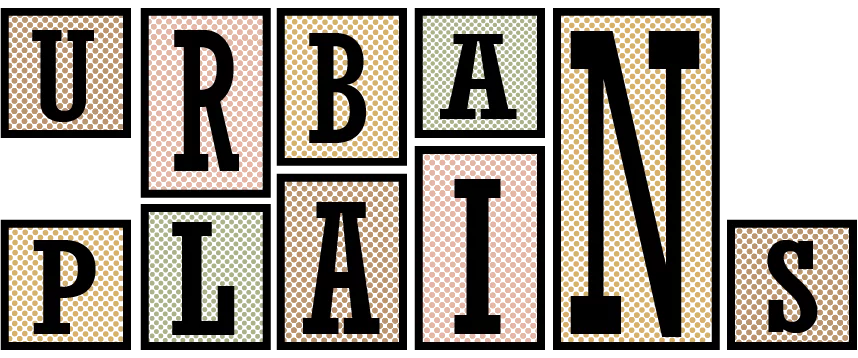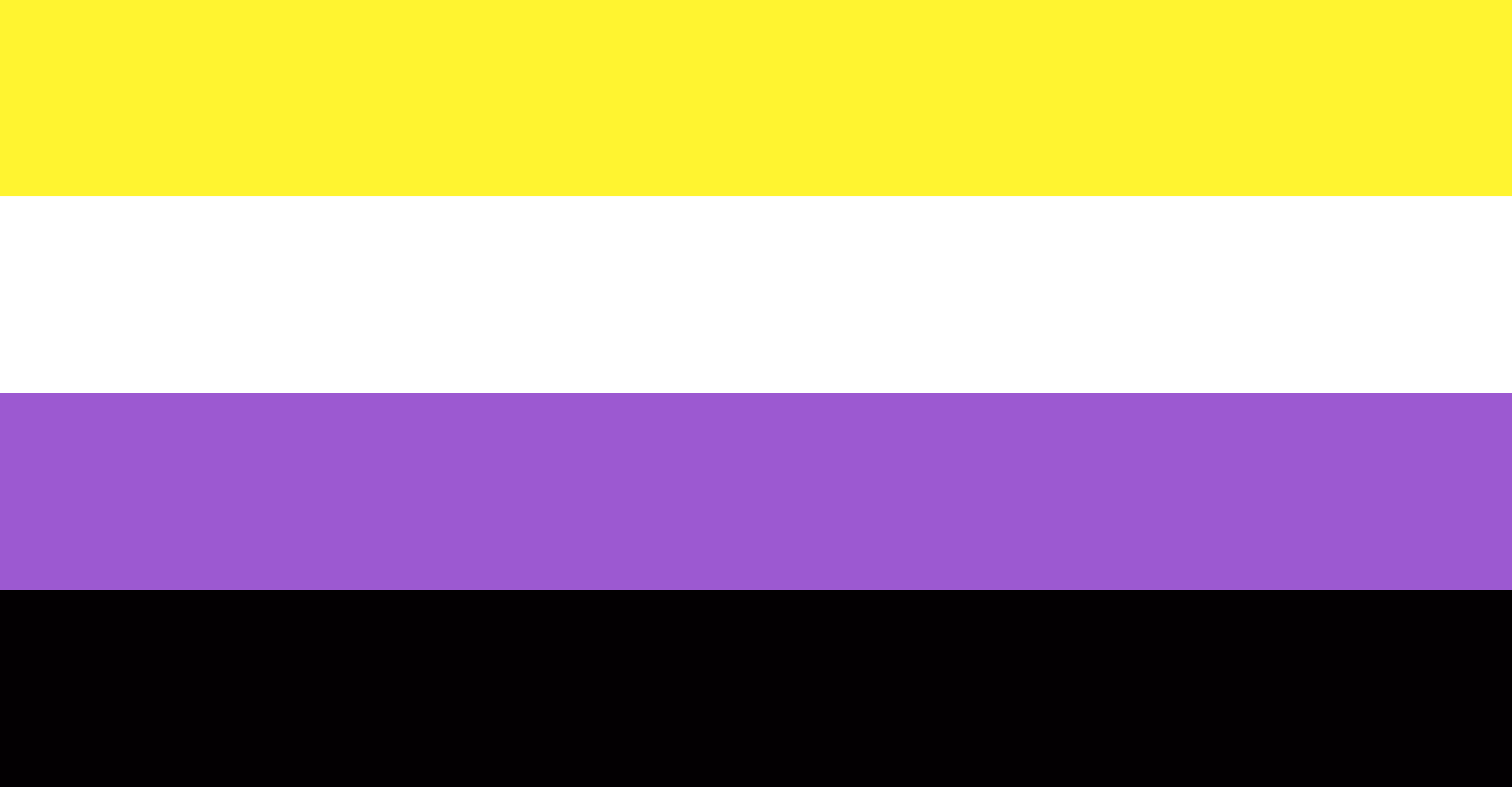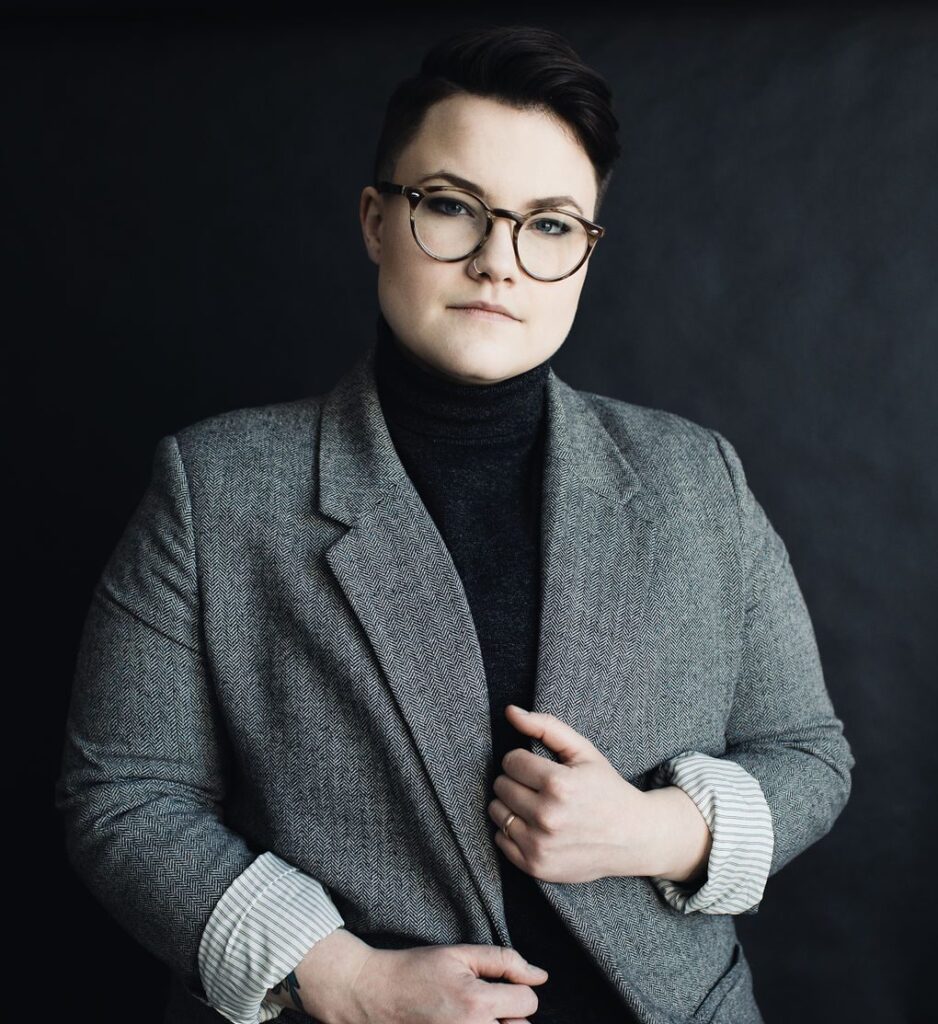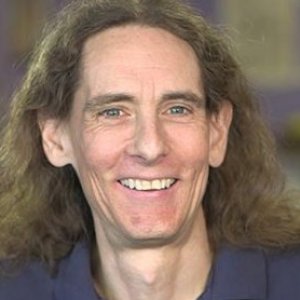Modern society has created the gender binary—male or female—essentially determining at birth what role a person will play in life. You are either a boy or a girl. You wear blue or pink. And from birth on, what you should look like, wear, act and behave have all been determined by the sex you were born with. Men are supposed to be tough and masculine, women are supposed to be quiet and feminine. And while this concept has evolved a bit over time, that binary still dominants our understanding of gender roles.
But folks in the LGBTQ+ community have been pushing back on that dichotomy. They don’t buy into the idea that sex and gender are the same thing, nor that sex is where gender identity comes from. Instead, gender is more fluid, something that can float between and beyond the two binary poles of male and female.
This is where the term “non-binary” comes into play. According to the Digital Transgender Archive, non-binary individuals are those “who cannot or do not wish to define themselves within or in relation to the gender binary.”
To many people outside the LGBTQ+ community, non-binary is still an allusive, vague term that’s hard to understand—one that’s under construction in the minds of both the public and those themselves that identify as non-binary. This journey is slightly ironic — the whole point of identifying as non-binary is to not be defined by the gender binary. But for many, the lack of an answer is the right answer.
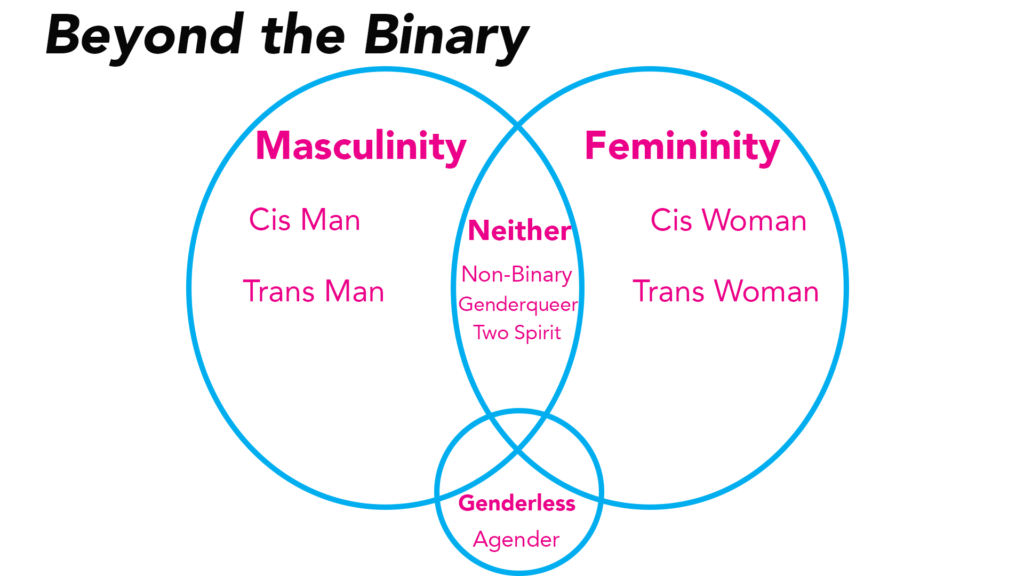
To help you understand all this, we’ve created a LGBTQ+ 101 Guide to help. These definitions are listed in the order they appear in the video.
LGBTQ+ 101
- What does LGBTQ+ stand for and mean?
It stands for Lesbian, Gay, Bisexual, Trans, Queer/Questioning and “plus,” which goes on to include many other identities that are not straight or cisgender (intersex, asexual/aromantic, etc). This acronym represents many different identities and labels that folks in this community use.
- What does “cisgender” mean?
According to the work of Dr. Avery Dame-Griff, curator Queer Digital History Project, cisgender means “a person whose gender identity is the same as their sex and/or gender assigned at birth.” For example, if you were born and assigned female at birth and continue to identify as a female today, you would be a ‘cisgendered’ person. This is contrasted with ‘transgender.’ Cisgender combines the Latin prefix cis-, meaning “on this side,” with gender, in contrast to transgender, where the prefix trans- signals something is “across” or “on the other side.”
- What does ‘transmasculine’ mean?
This is a term used to describe someone who was assigned female at birth, and who has a predominantly masculine gender and/or expresses themselves in a way they describe as masculine. While they may feel a connection to masculinity, they may not identify in part or in whole as male. Transmasculine people can include: trans men, non-binary people, multigender people, genderfluid people and more.1
- What does ‘agender’ mean?
Agender, or genderless, translates to “without gender,” and this is how some agender/genderless people feel, that they lack gender. Others who identify this way feel they are more gender neutral. Others identify this way because they reject the concept of gender entirely or think it is irrelevant for them personally.1
- What does ‘genderqueer’ mean?
Writer KC Clemens defines genderqueer in direct terms: Someone who identifies as genderqueer sees gender existing outside of or beyond society’s binary concept of gender. Genderqueer may fall outside of, fall in between, or fluctuate among the binary gender categories of man and woman. People who are genderqueer often experience their gender as fluid, meaning it can shift and change at any given time. Genderqueer and nonbinary identities can and often do overlap with one another.
- What does it mean to be in the trans community or identify as trans?
Transgender or Trans is an umbrella term for anyone whose gender identity does not match their sex and/or gender assigned at birth. A trans man is someone who was assigned female at birth and is a man. A trans woman is someone who was assigned male at birth and is a woman. The trans community simply means the general community of those who identify as the above definitions.
1 Mardell, Ashley. The ABC’s of LGBT+. Coral Gables, FL: Mango Media Inc, 2016.
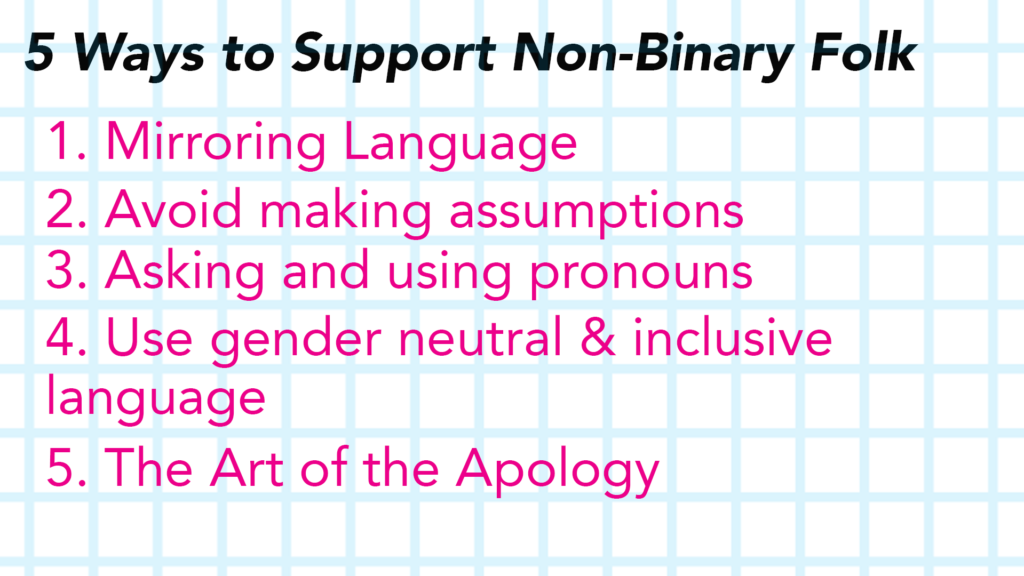
General Definitions for the LGBTQ+ Community:
Lesbian – women (as well as non-binary and genderqueer folk who feel a connection to womanhood) who are attracted to other women.
Gay – this label has traditionally applied to men who are attracted to men, but can also refer to any person (regardless of gender identity) who is primarily attracted to the same or similar gender as their own. Can also be used as an umbrella term for anyone who is not straight.
Bisexual – being attracted to two or more genders.
Trans – see #6 above
Queer – this is an umbrella term or identity used by many LGBTQ+ people to describe their sexual and/or gender identity that falls outside of typical societal norms. For a long time, this word was used as a derogatory term against LGBTQ+ people. Many have chosen to reclaim it, but not everyone in the community is as comfortable using it.
Sexual Orientation – a person’s identity in relation to the gender or genders to which they are sexually attracted; the fact of being heterosexual, homosexual, etc.
Gender Identity – an individual’s personal sense of having a particular gender.
Gender Expression – the way in which a person expresses their gender identity, typically through their appearance, dress, and behavior.
Sex – either of the two main categories (male and female) into which humans and most other living things are divided on the basis of their reproductive functions.
